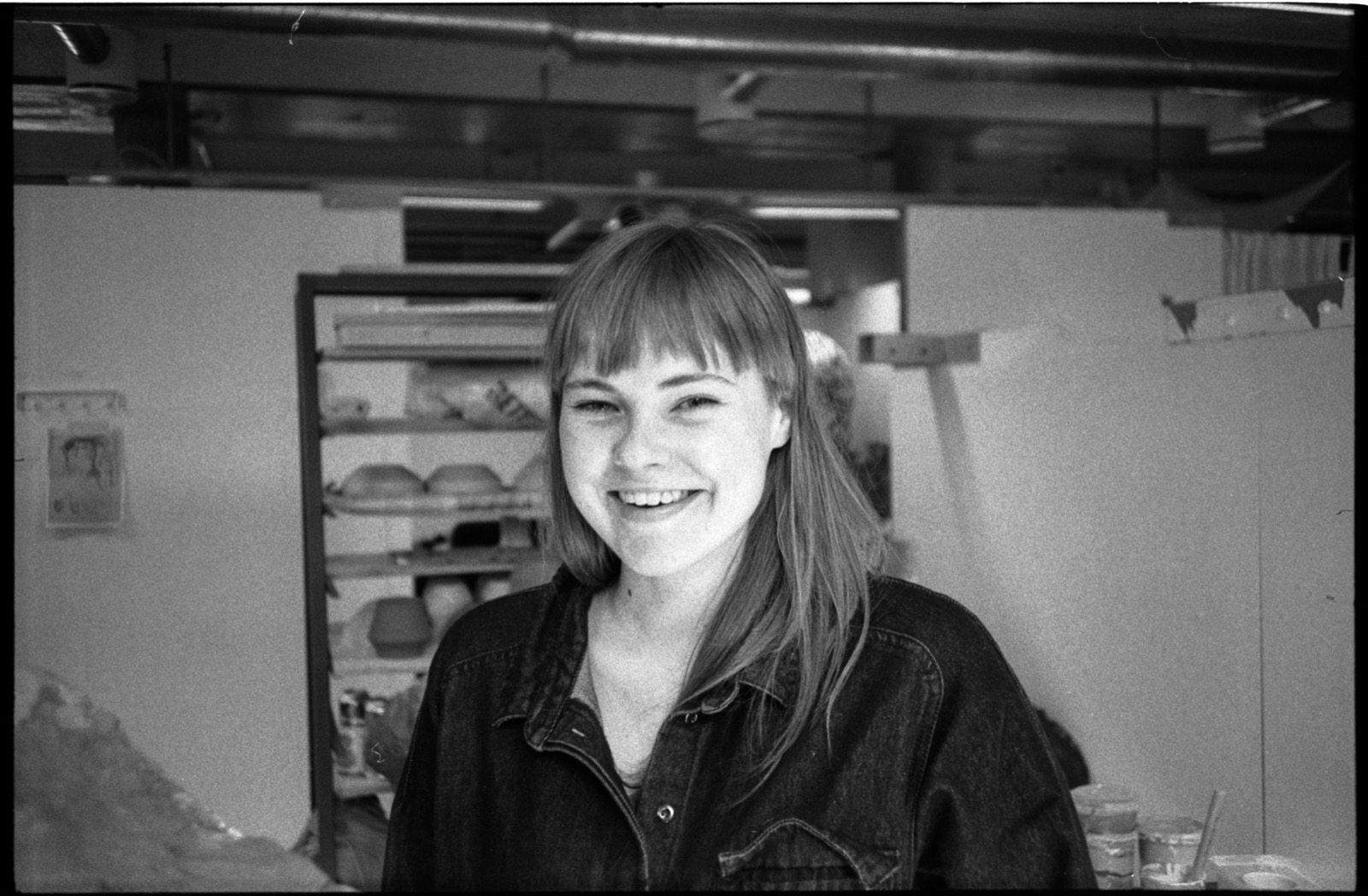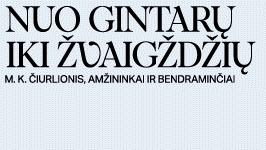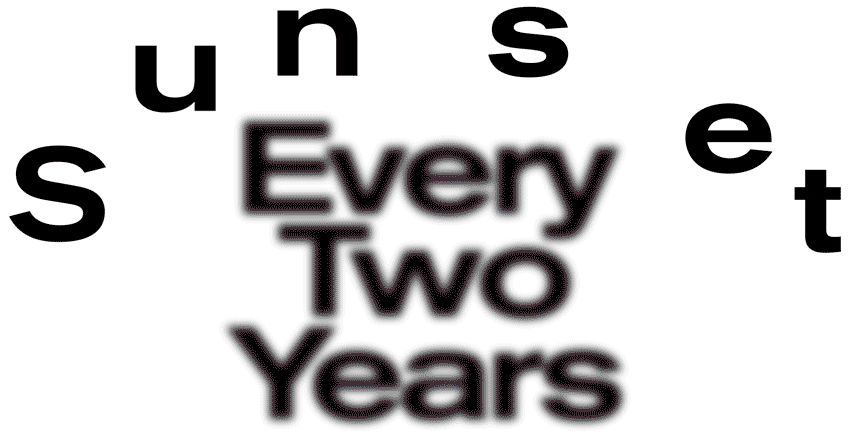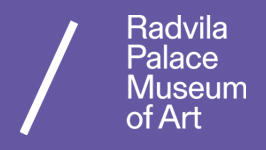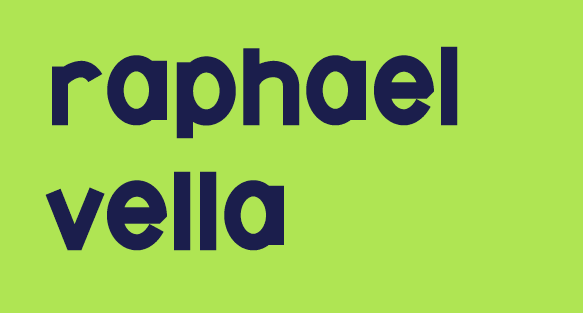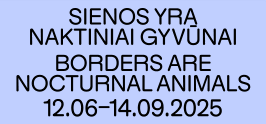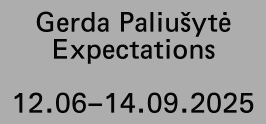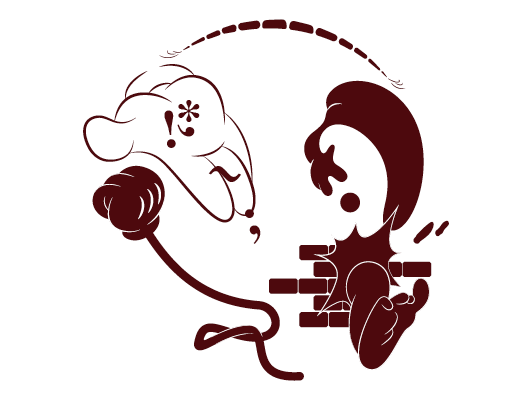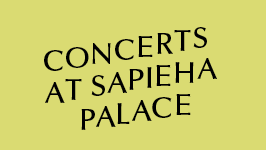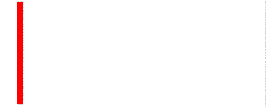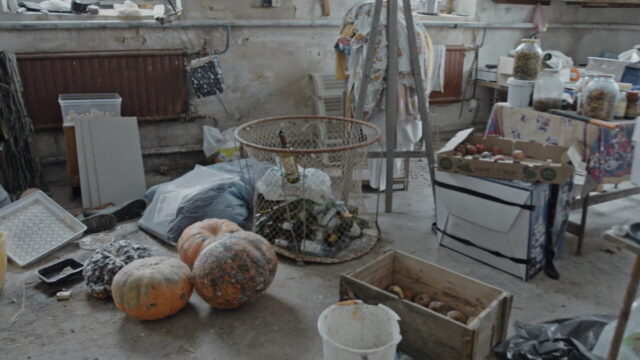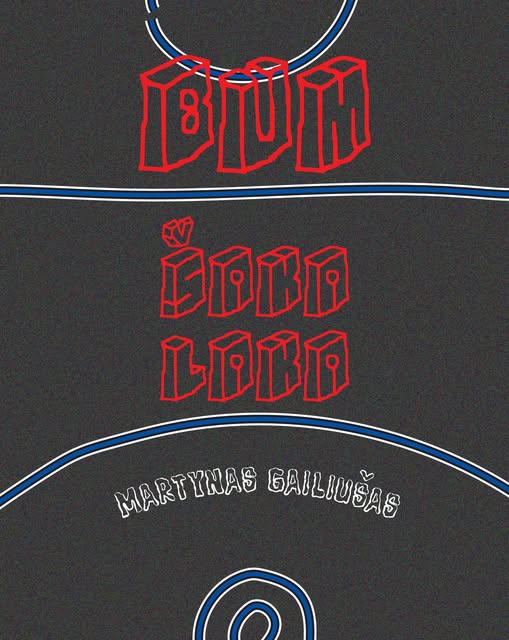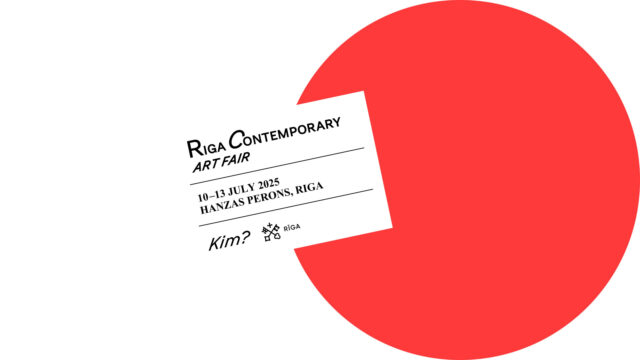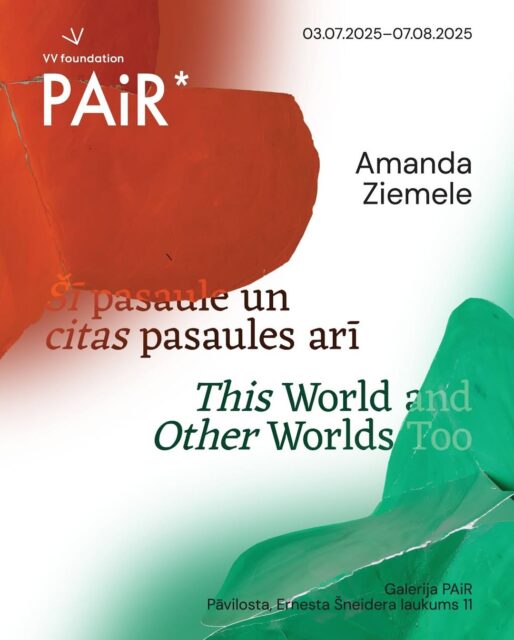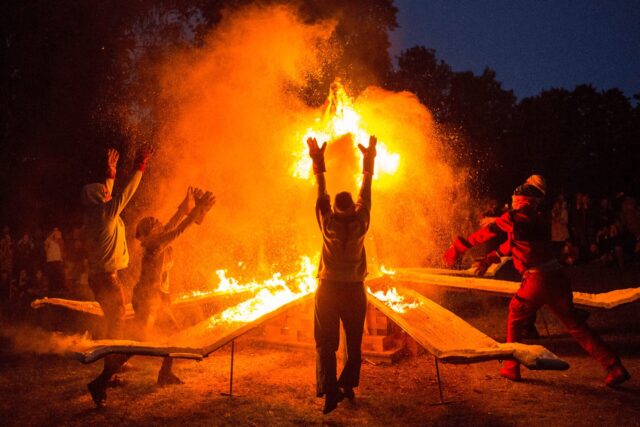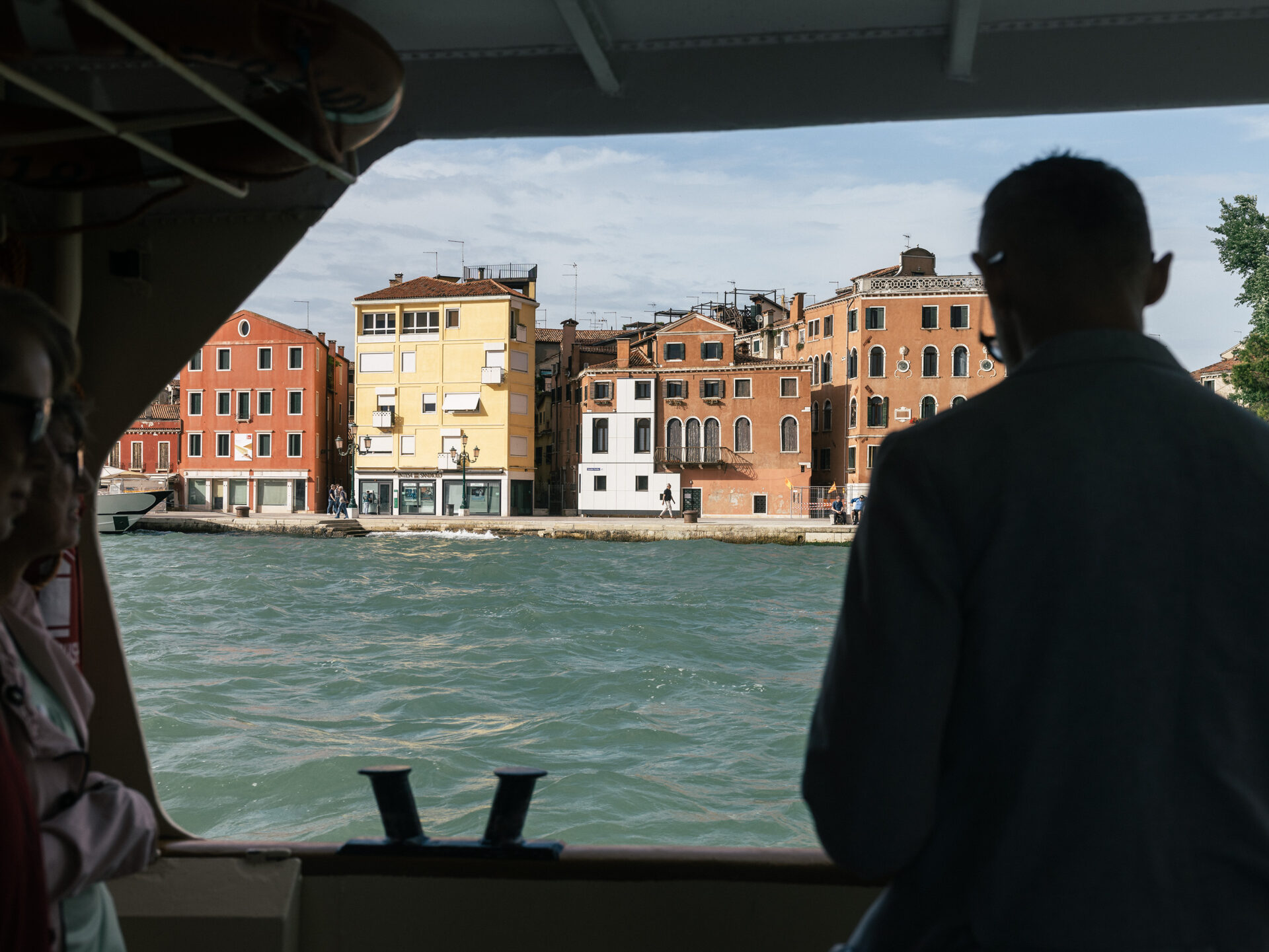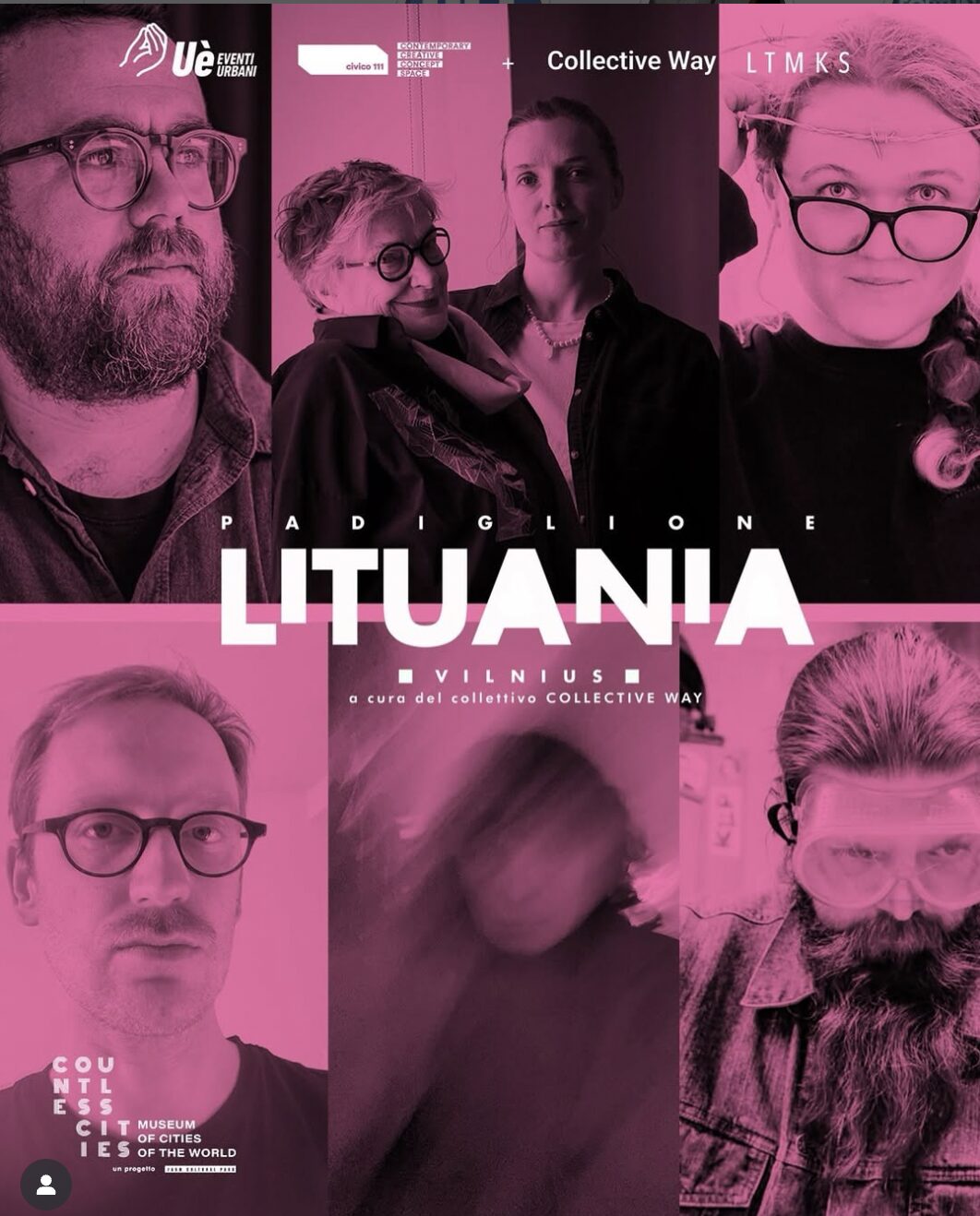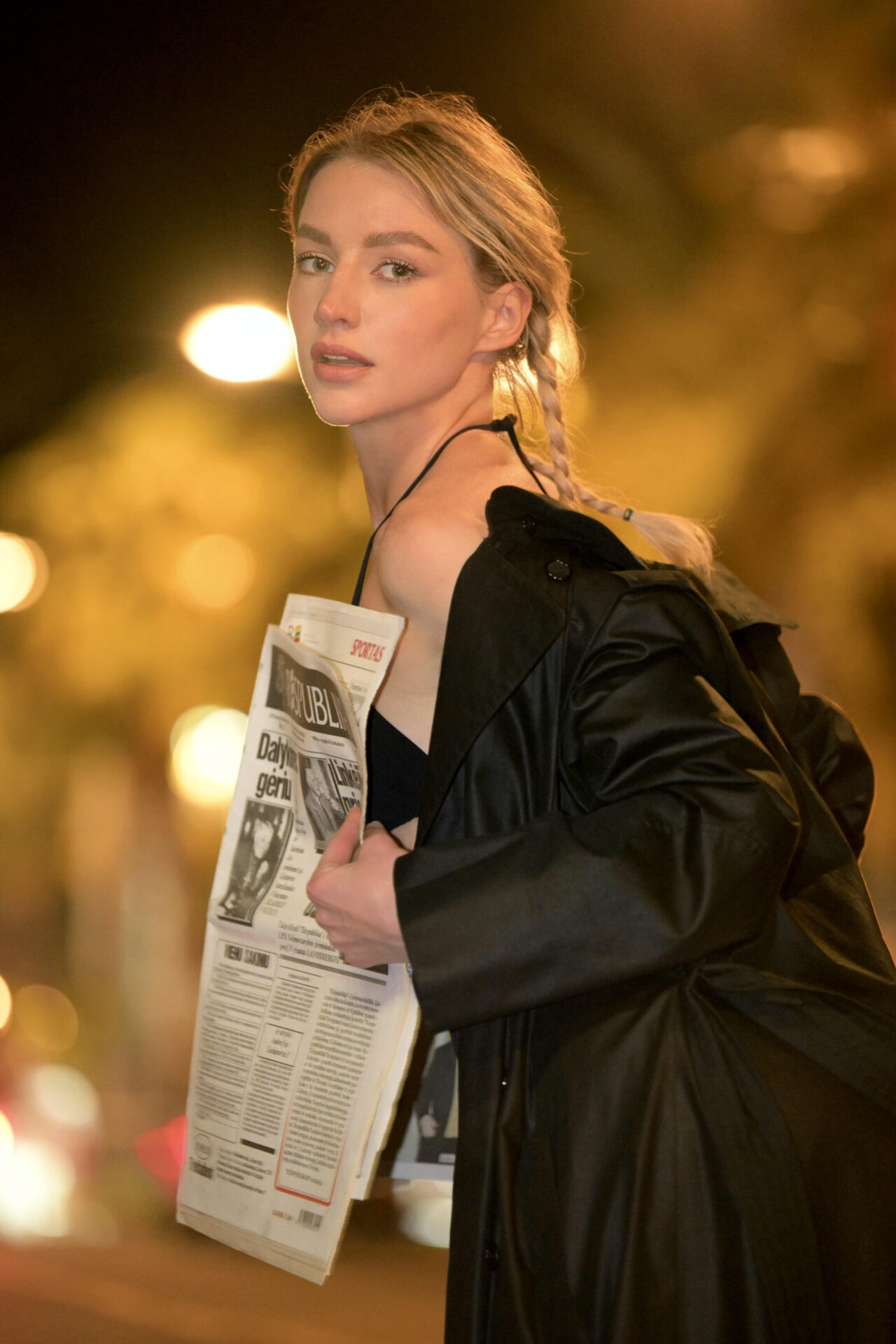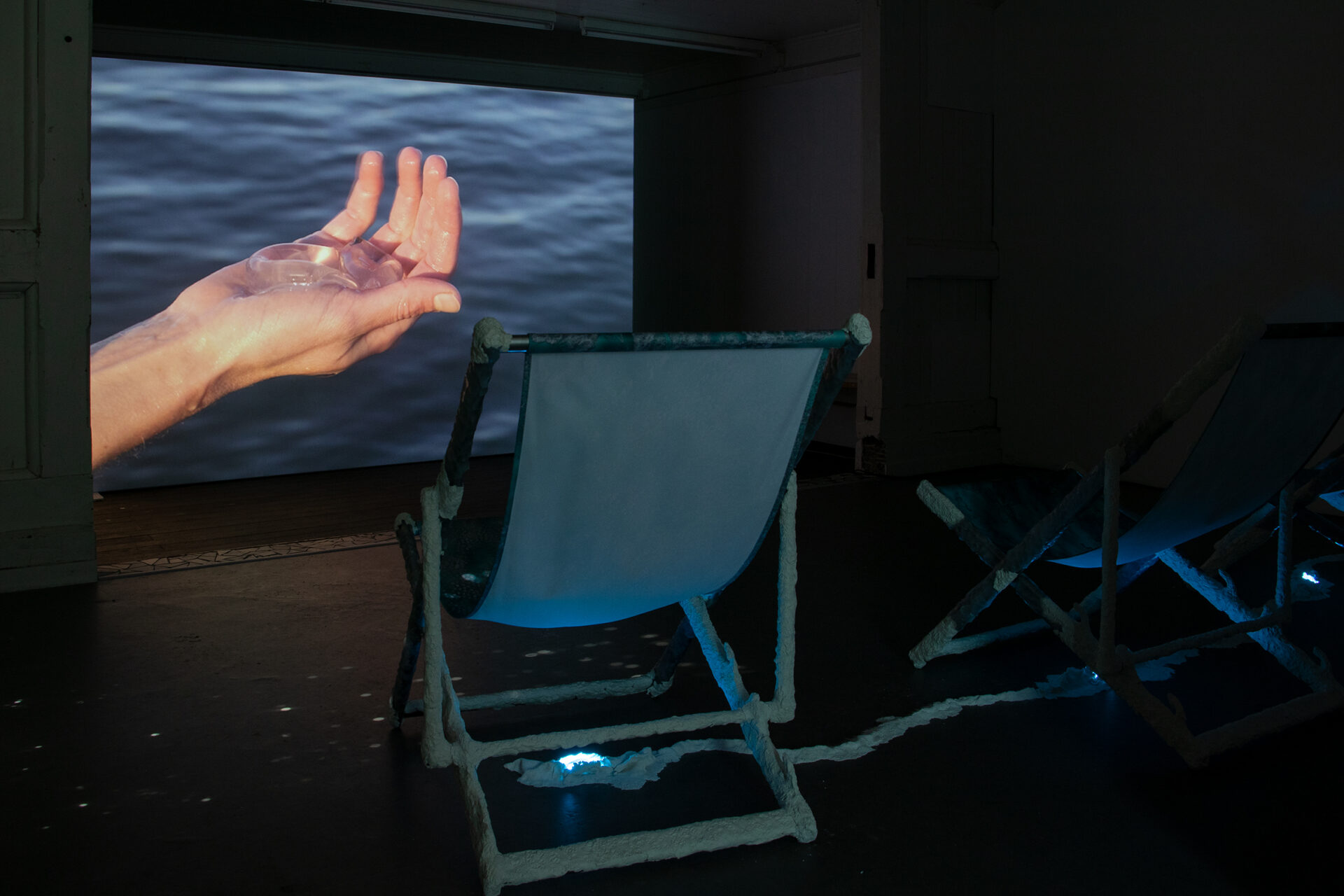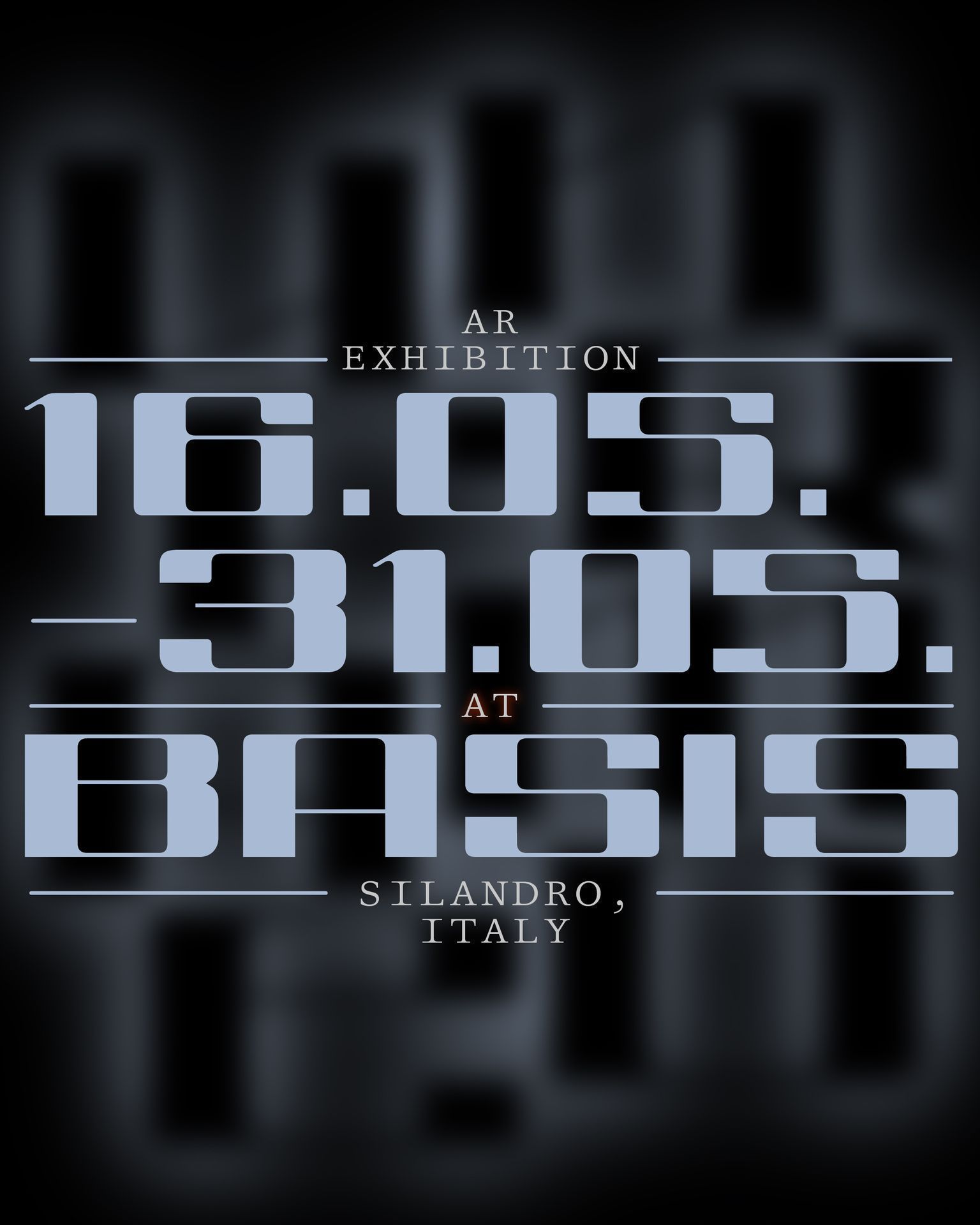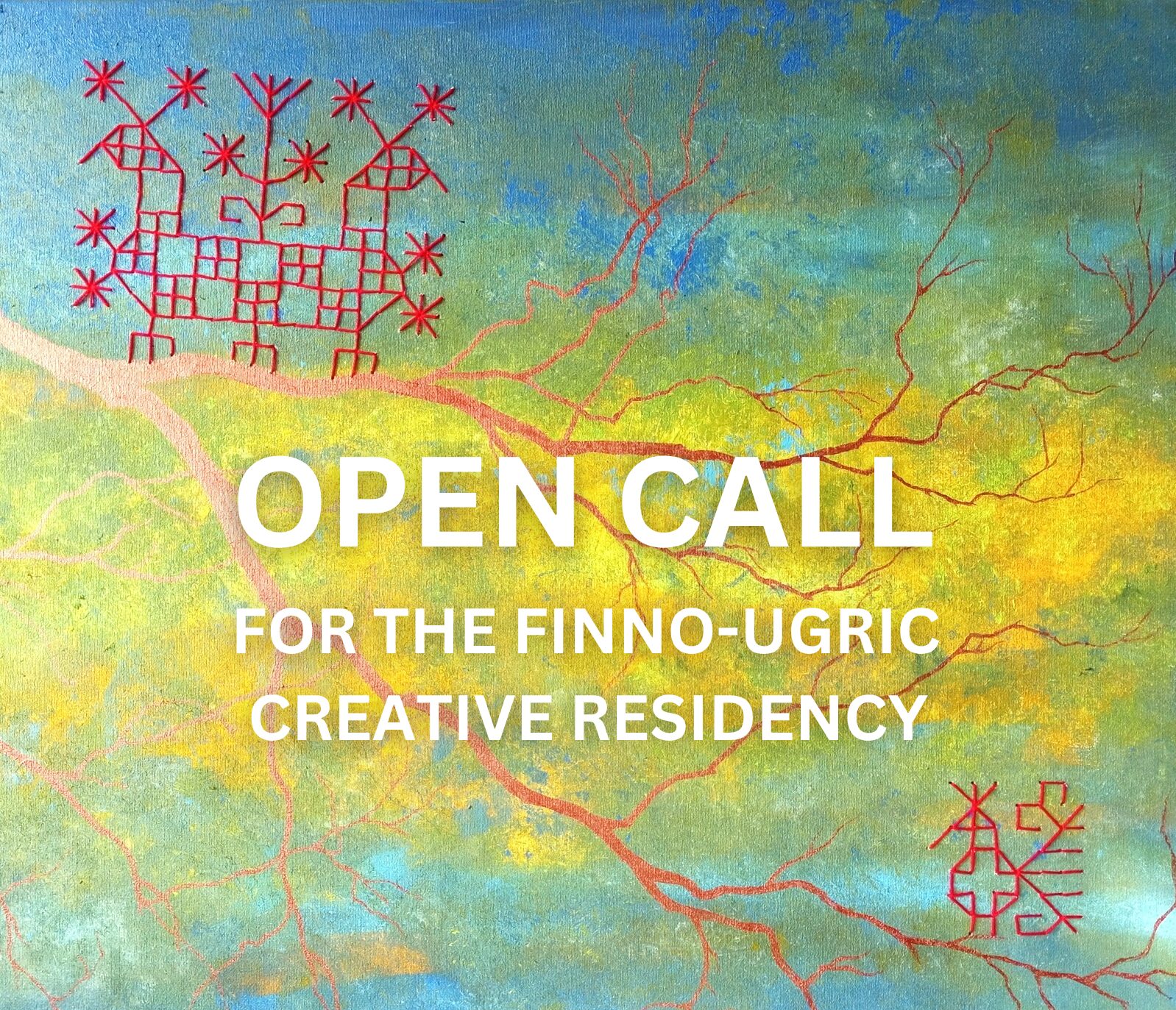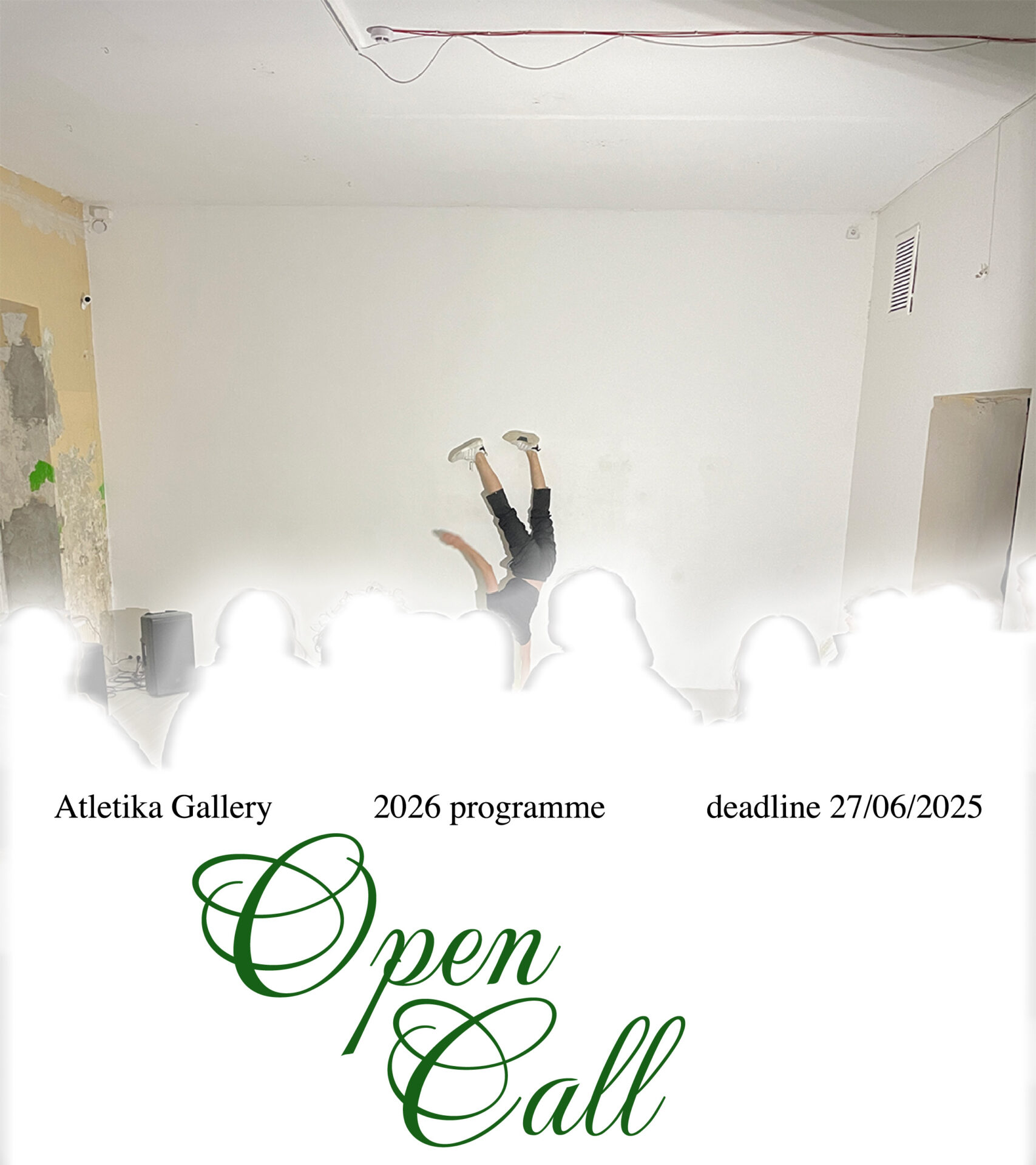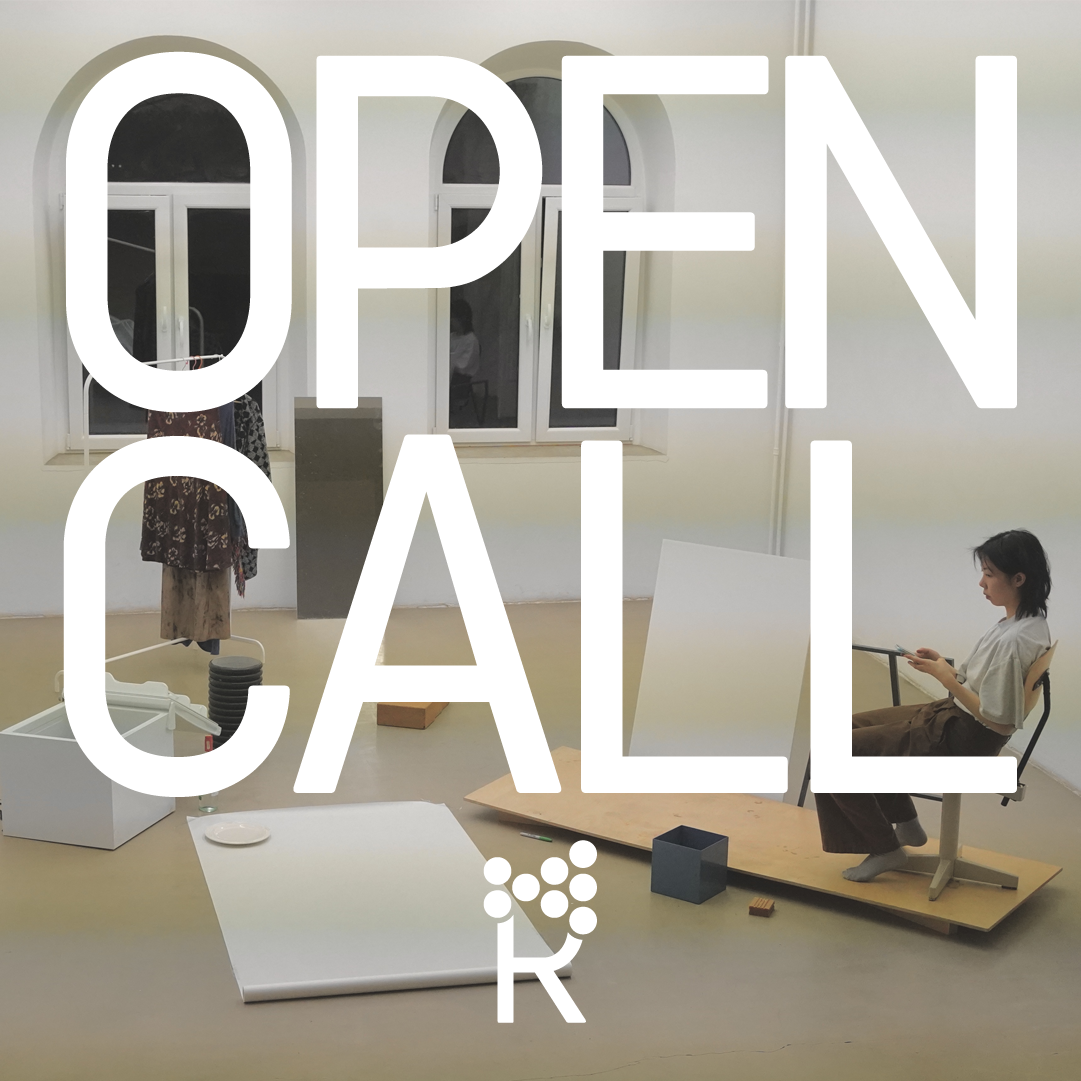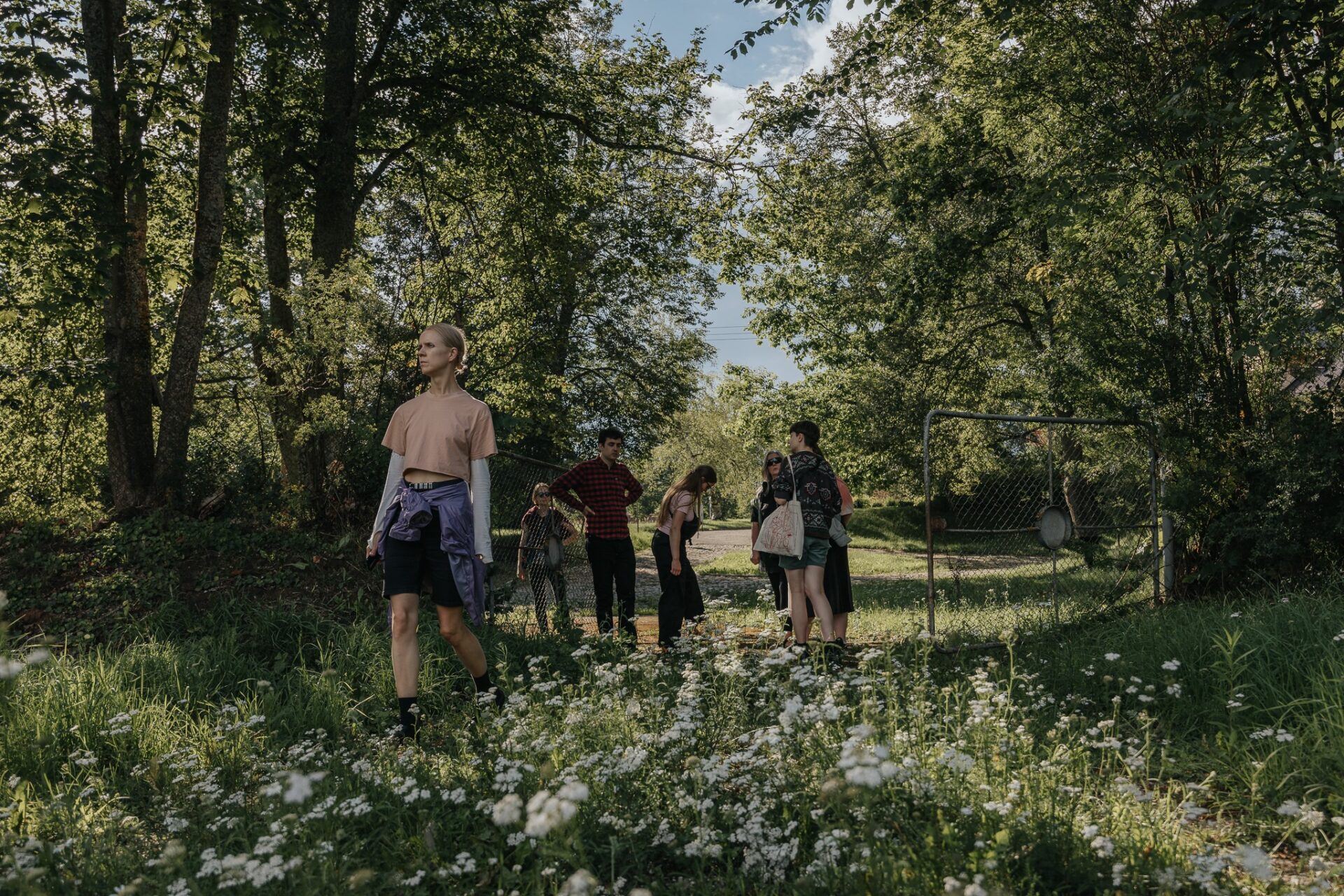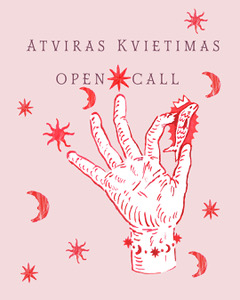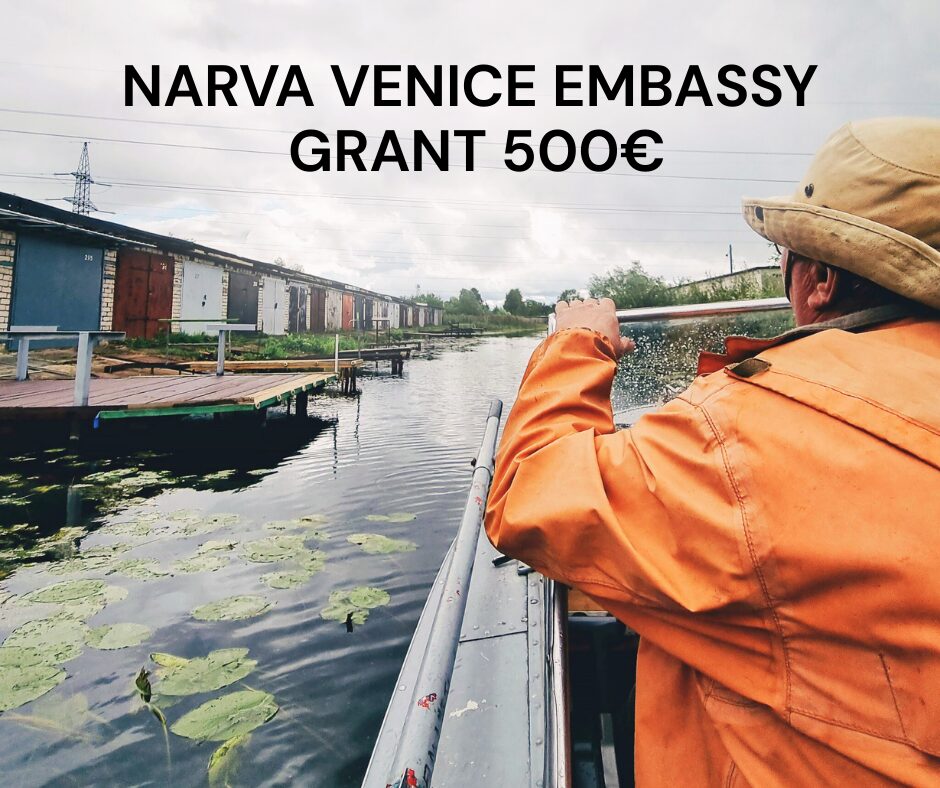On a day when the first snow was covering the rooftops in Kaunas, finding ourselves somewhere between Norway and Lithuania, I had a friendly conversation with the ceramic artist Onė Austėja Maldonytė. Over time, it became clear that Onė often exists in this in-between state, living and creating in Oslo, while frequently spending time in Lithuania. Her visits to her homeland often revolve around project work. Several boxes of her ceramic pieces, part of the underground exhibition ‘Inserted’ in Panevėžys, recently left for new destinations. These works represent part of her exploration of the connection of organisms with water. In our discussion, we delved into this fascinating experience and the showcased works, which exemplify her long and productive search in the field of ceramics.
A demanding material influenced by air, heat, pressure and gravity, clay requires patience and consistency to master. Onė emphasised these qualities during our conversation, noting the importance of handling unfinished ceramic pieces with care, almost like cradling a baby.
Onė Austėja Maldonytė (b. 1995) is a ceramic artist who works both in Lithuania and Norway. She experiments with various techniques and materials, pushing the boundaries of ceramic art, and questioning fragility and limits. She completed her BA degree in ceramics at Vilnius Academy of Art in 2018, and her MA studies in ceramics at Oslo National Academy of the Arts in 2022. She participates actively in residencies, and group and solo exhibitions.
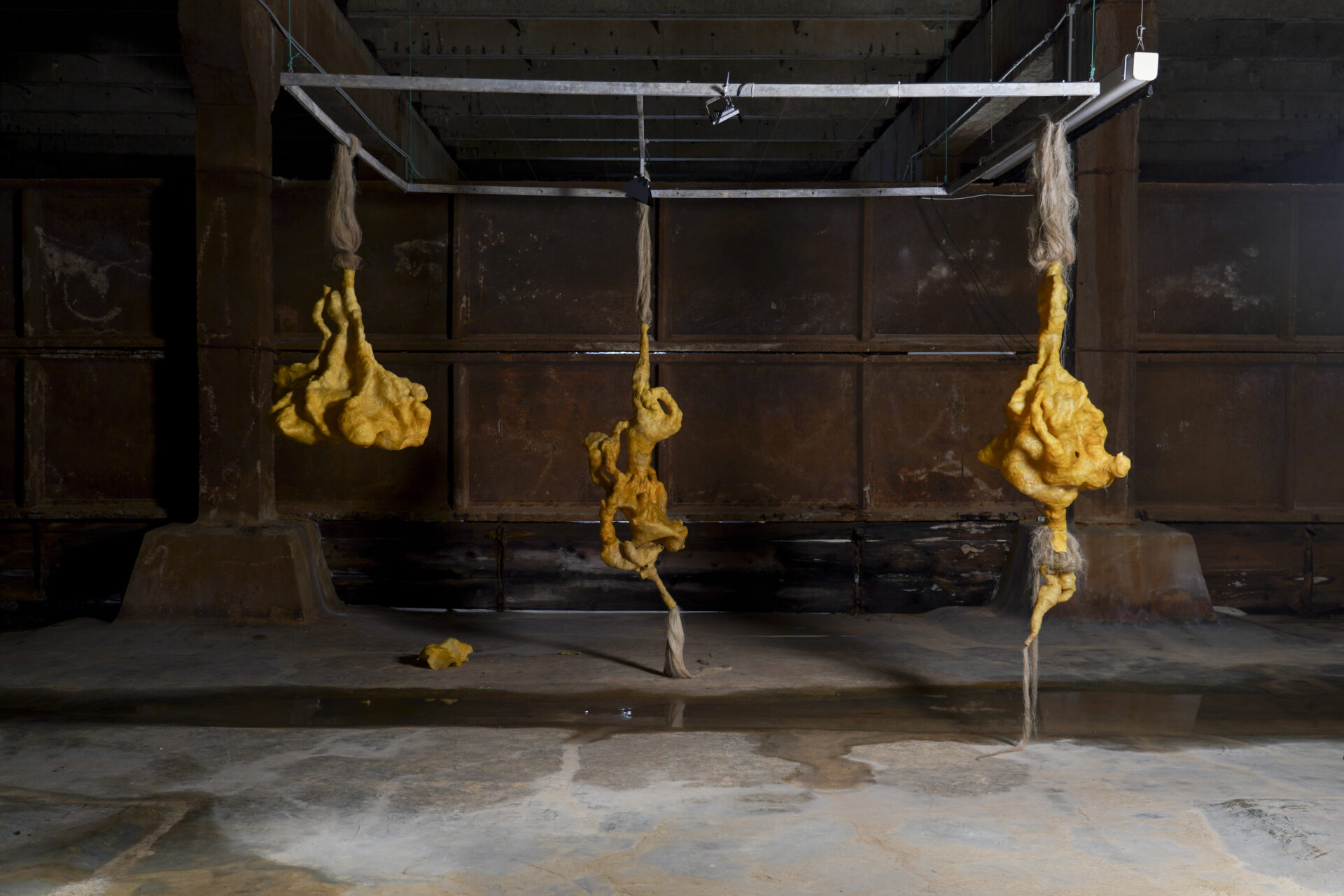
Exhibition ‘Inserted’ by Onė Austėja Maldonytė at UAB ‘Aukštaitijos vandenys’, 2024. Photo: Paulius Vepštas
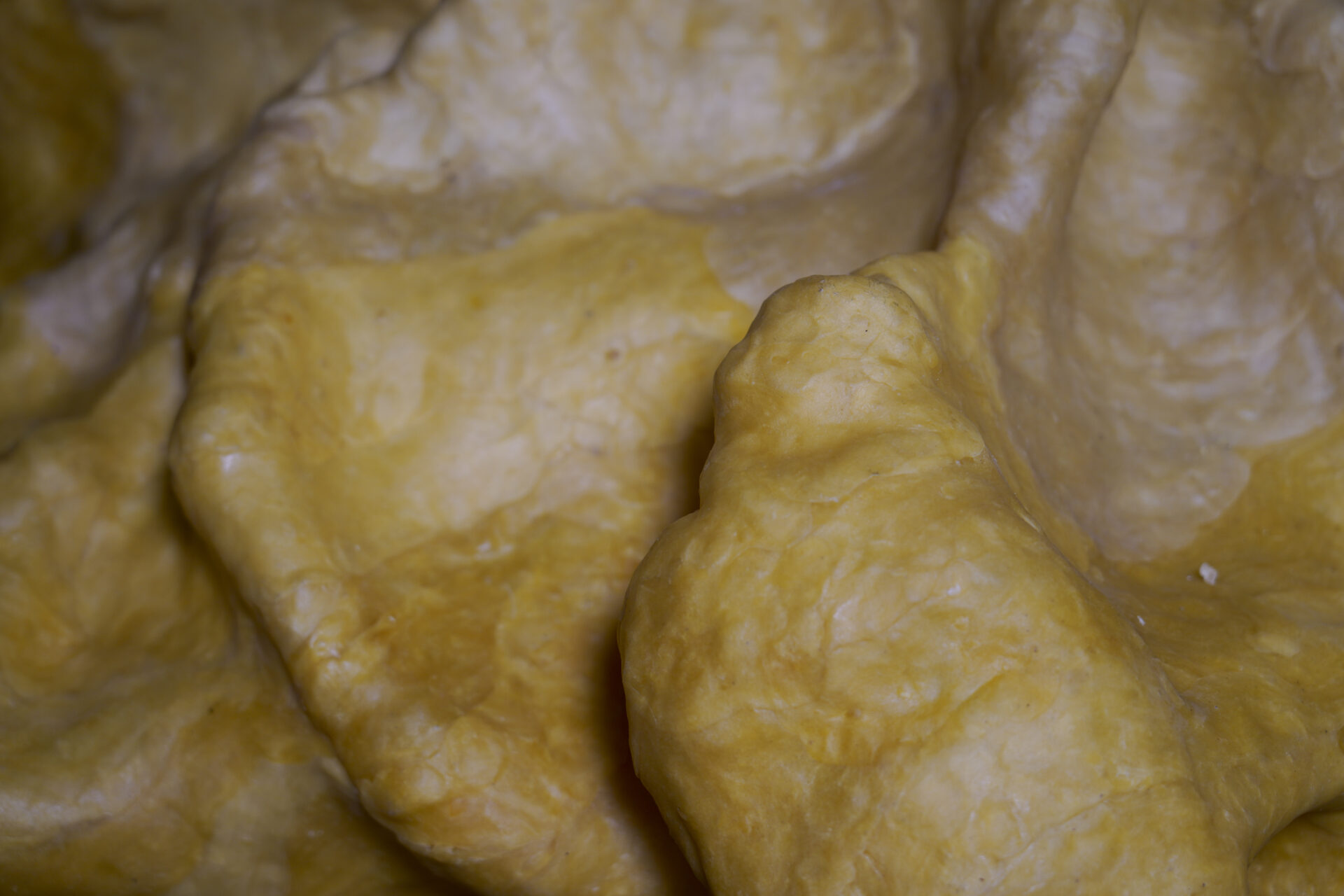
Exhibition ‘Inserted’ by Onė Austėja Maldonytė at UAB ‘Aukštaitijos vandenys’, 2024. Photo: Paulius Vepštas
Agnė Sadauskaitė: Tell us about your creative journey. When did ceramics first appear in your life, and how did it remain there?
Onė Austėja Maldonytė: I studied at Kaunas Art Gymnasium, where I graduated from the sculpture class. After finishing school, I wanted to apply to the Academy of Art, but at that time sculpture seemed tied to materials like metal, stone and steel, none of which inspired me. Back then I viewed sculpture from a material perspective, from a Classical approach. I was always fascinated by colour, painting and clay, so I decided to study ceramics at Vilnius Academy of Art, despite not having much experience.
During my BA studies we had some introductory courses in design and functional ceramics, but I wasn’t interested in reproducing works or creating objects for household use. I was drawn to form, scale and variety. I’m intrigued by space, although I wouldn’t say my works are strictly site-specific. Perhaps they adapt and respond to space instead, what could be called ‘sensitive sight’. I’ve always been interested in the relationship between space and objects: how they intertwine, how much history, sound, light and overall atmosphere can be given to the works. Even the hierarchy is fascinating: gallery spaces impose certain constraints and frame the viewer, while non-gallery or specific spaces make art more grounded and more emotionally accessible to the audience.
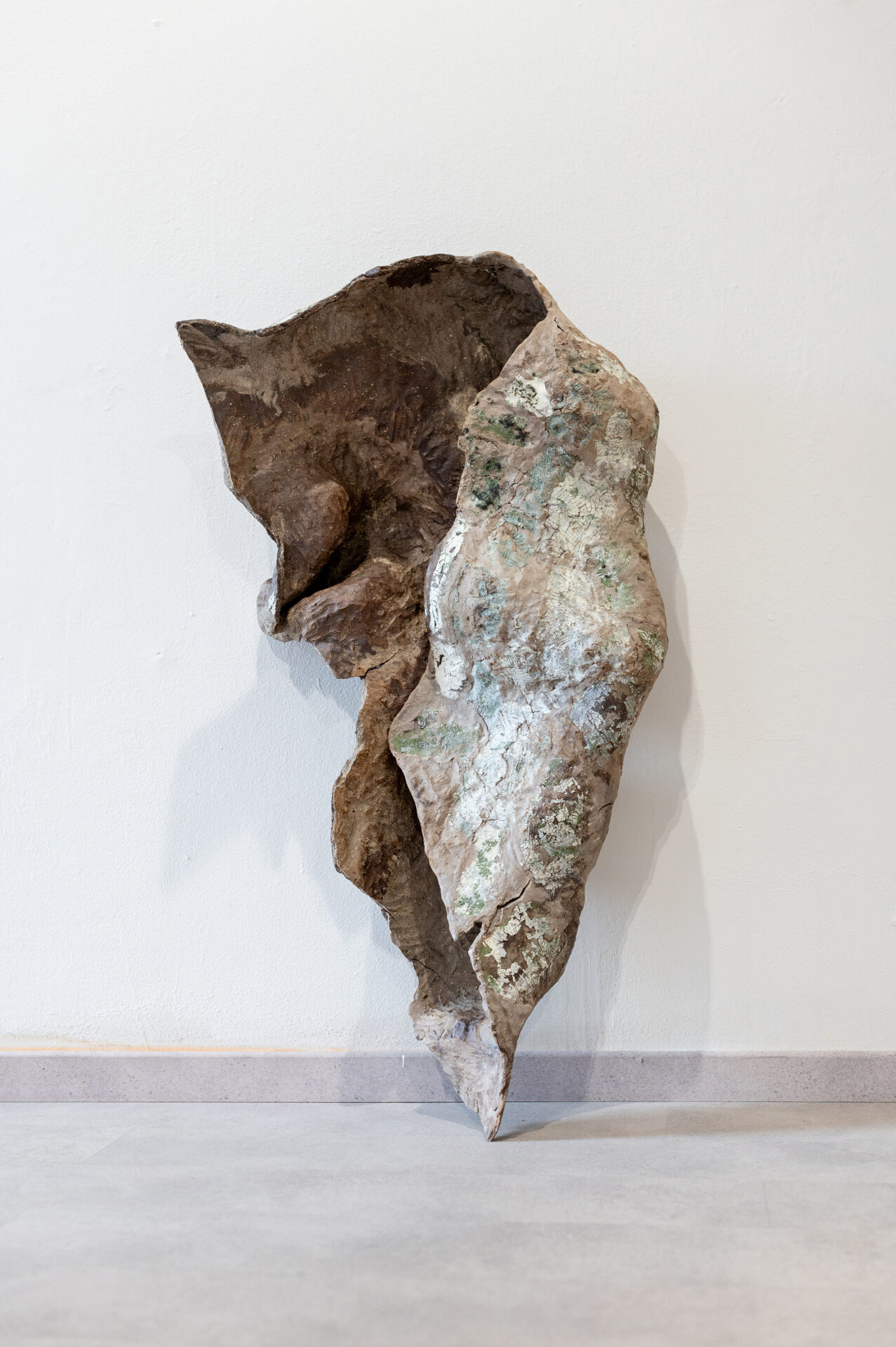
Onė Austėja Maldonytė’s artwork. Photo from personal archive
AS: You currently live in Norway and studied at Oslo National Academy of the Arts. How did this country become part of your life?
OAM: During my fourth year of BA studies I participated in the Erasmus exchange programme in Denmark. That’s where I first heard about Oslo National Academy of the Arts. Norwegian students presented their academy, showing photos from workshops. The facilities at Oslo seemed excellent: large kilns, a wide selection of glazes, separate studios for masters students, and a focus on sculptural ceramics. In Denmark, the studies balanced design and conceptual art, but the basis was still design and technology, while I leaned more towards sculpture and installation.
I currently live, create and work in Norway, but I spend time in Lithuania as well.
AS: I’m always curious about the differences between studying in Lithuania, in your case at Vilnius Academy of Art, and abroad. Can you share your impressions of each academy’s unique traits?
OAM: At Vilnius Academy of Art the ceramics course spans all four years, providing students with an in-depth understanding of the technical aspects, albeit at a slower pace. In Oslo, the technical part is covered quickly, and more time is devoted to experimentation, generating ideas, and creative focus. Compared to Vilnius, there’s less emphasis on art history and painting and drawing classes.
The Oslo Academy places a lot of emphasis on group activities, workshops and collaborative lectures. Students can customise their schedule: there are a few compulsory lectures, but most classes are chosen freely. MA studies are highly flexible. I met with my supervisor maybe two or three times per semester. The Academy avoids hierarchical relationships, treating students and lecturers as equal artists in a dialogue.
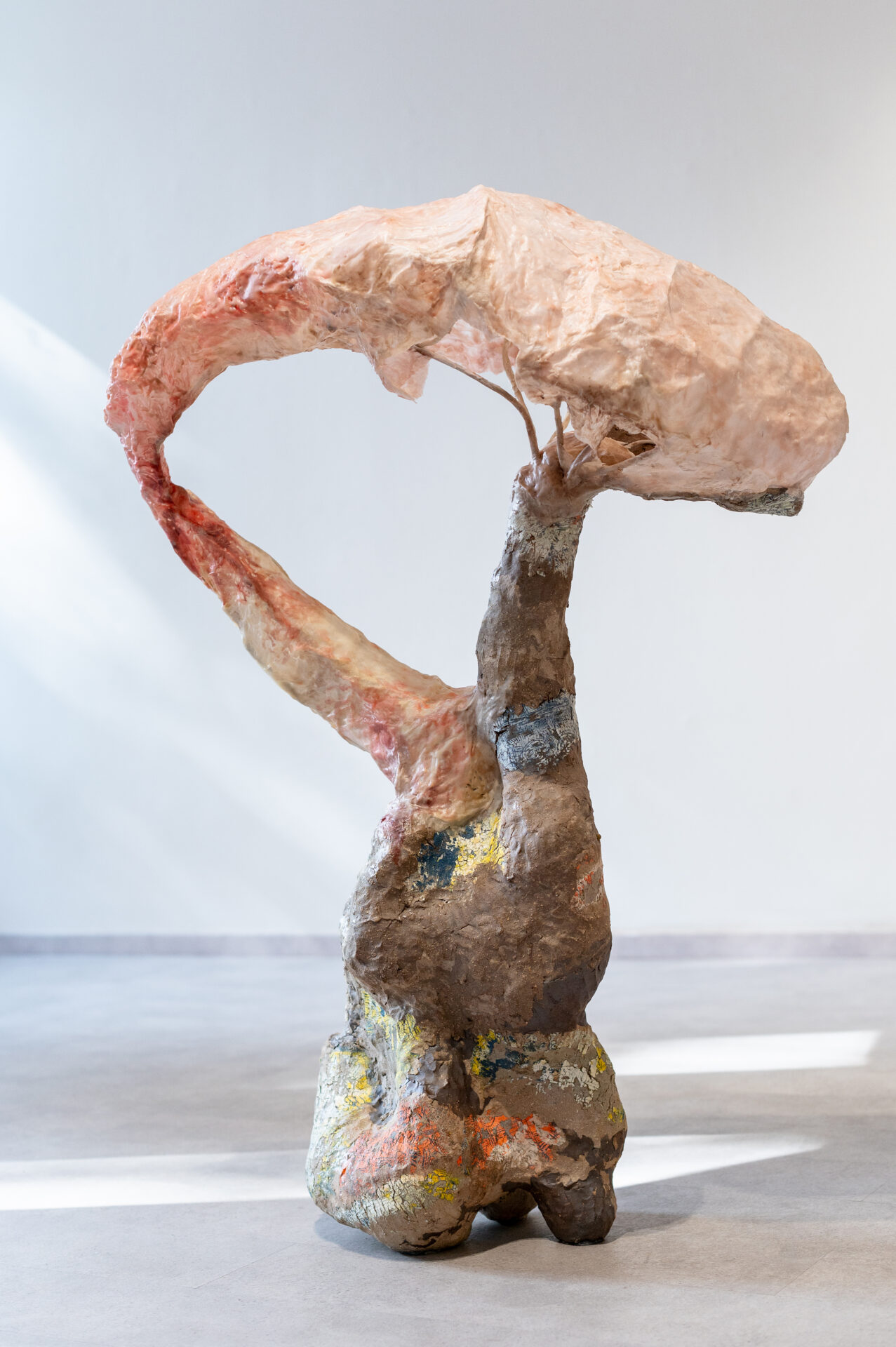
Onė Austėja Maldonytė’s artwork. Photo from personal archive
AS: That sounds like academic therapy: reaching the core of a topic through question and answer sessions. Was it difficult to adapt to an environment where you were equal participants in discussions with lecturers?
OAM: It felt strange during the first semester. It wasn’t easy to engage, because I lacked the tools and skills for open discussion, whereas Scandinavian students seemed to be used to it. They ask questions effortlessly, their minds work in a rhythm of inquiry and listening. In Lithuania, I felt that even reviews of works in mid-semester were more like exams where you had to defend your ideas. Meanwhile, in Oslo critique was about learning from more experienced artists. I prefer this approach, where even the exams become part of the learning process.
AS: Until mid-November, your exhibition ‘Inserted’ was taking place in an underground water reservoir in Panevėžys. The location is stunning: finding a ceramics exhibition in such a place was unexpected. Was this the most unusual space you’ve exhibited in?
OAM: It’s definitely one of the strangest. Accessing and being underground, realising that the reservoir once held a massive volume of water, was astonishing. The sheer force of water, the amount of iron it corrodes, the colours it reveals, is all fascinating. The first part of this project was shown in Vilnius and curated by Monika Eidėjūtė. When discussing future plans, I mentioned that I wanted to present these works in a non-gallery space. Monika found this reservoir in Panevėžys, and we spontaneously contacted the administrators. Although not actively used, the space had hosted a few artistic events before.
AS: The longer I studied the photographic documentation, the more the works seemed perfectly placed there. Your ceramic objects appear as if they have been frozen in a moment of stillness, but after the photographs were taken they were ready to move, drip or crawl towards water. This exhibition was a continuation of ‘Virtuoti’ at VDA’s Akademija gallery which opened in 2023. How does this exhibition continue the first? How do they differ?
OAM: Both share a focus on materiality, combining paper clay and wax. The aesthetics of paper clay often don’t resemble ceramics, sometimes they are mistaken for papier-mâché. At Akademija I explored parasitism through ceramics, playing with the perception of clay as a natural, even elevated, material. Clay is technically complex, prone to breaking, cracking and crumbling. Finished objects are often presented on pedestals, untouchable, and I’ve always wanted to challenge this impression.
The transition to wax represented the analysis of living forms, a kind of parasite entering and exiting ceramics, connecting the exhibition’s elements. Wax, as a parasite, breathes life into the work, allowing it to evolve, change, and avoid stasis.
In Panevėžys, I explored water as a unifying element of life. We are born through water, share information through it, and exist in a water-connected ecosystem. This idea of connection resonated deeply while working in the reservoir. I envisioned the sculptural elements as creatures that might have inhabited that space, and the process of entering the underground hall, leaving the real world behind, intrigued me.
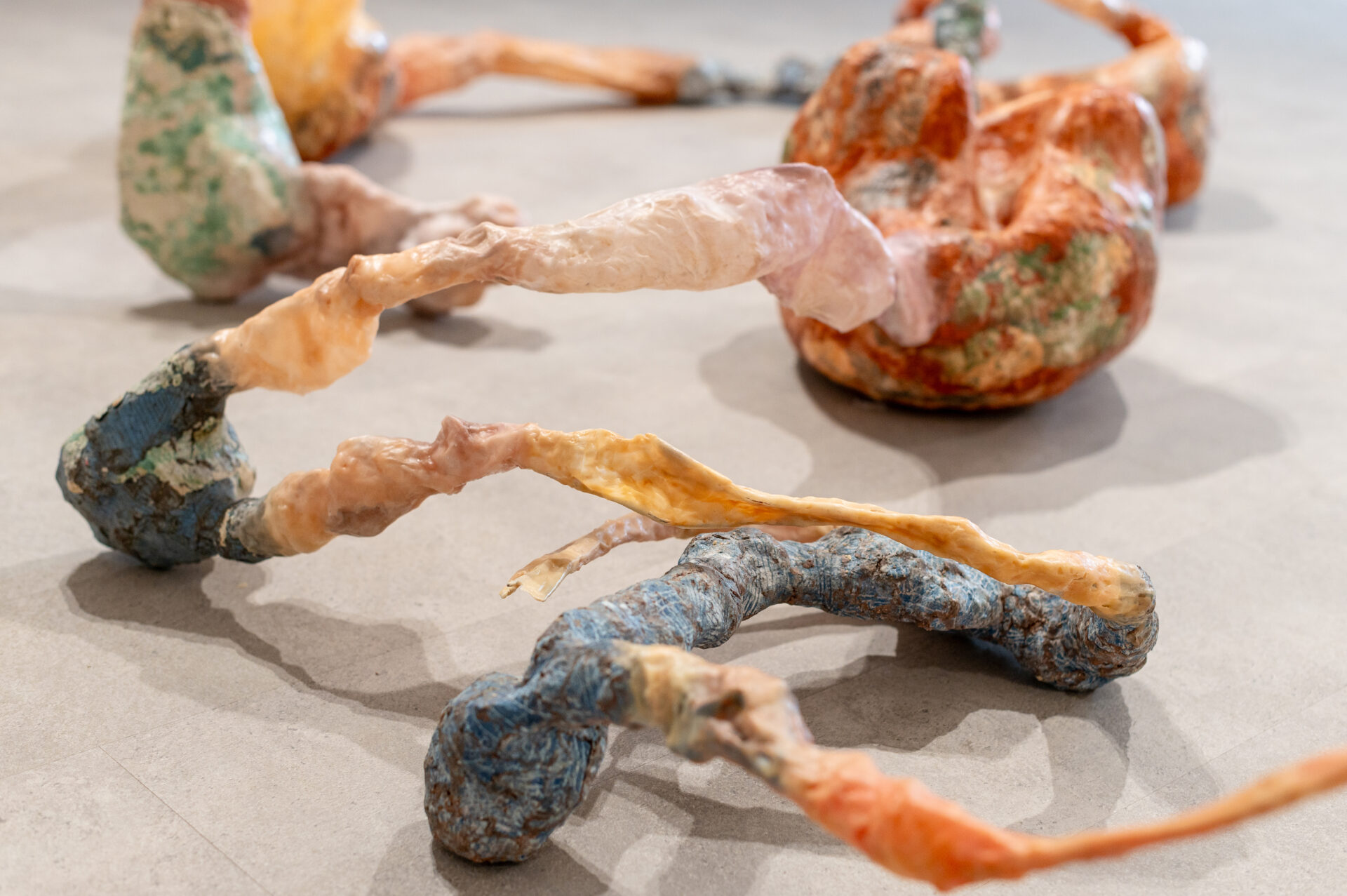
Onė Austėja Maldonytė’s artwork. Photo from personal archive
AS: Your ceramic and wax combination technique is fascinating. At what stage do you incorporate wax?
OAM: I fire the pieces once at high temperature without glazing, then pour melted wax mixed with pigment over them. I also use wax to join parts of the sculptures. Metal frameworks form the base: I do that in the studio, and I complete the assembly in the exhibition space, making it a three-part process.
AS: Have you mostly been using this process recently?
OAM: For the past two years, yes, mainly because this project spanned several years. I’ll decide later whether to continue. My MA works, created in Oslo, were fired without glaze, but using reduction firing to enhance the drawings and the pigments. I wanted to preserve a matt impression, sometimes using a few transparent glazes. However, the wax and the paraffin gave the softness and smoothness that I was looking for, enhancing the pigments on the ceramic surface. I usually sculpt with fireclay clay, but I’ve recently been using paper ceramics, where paper is mixed into the clay mass. I make this clay myself.
AS: Your works are highly distinctive: lively, dynamic, detailed yet massive, organic yet fragile and strong. How did you discover your style?
OAM: During my MA studies, my professor Caroline Slotte asked why my objects relied on flat, stable bases. Her questions made me rethink the relationship between the sculpture and the ground, prompting experiments.
Clay behaves unpredictably during the firing, influenced by gravity and heat. While the ceramic pieces are typically formed with a consistent thickness, I intentionally ‘played’ with irregularities. Clay has a personality: you can’t simply bend it your way. It tilts, bends and shifts, based on its thickness and heat. Each piece emerges from the kiln slightly altered, leaning however it sees fit.
This process is especially engaging with large works. Once, I couldn’t sleep all night because I forgot to cover a piece before firing it, which resulted in its collapse! But as a demanding and humbling material, clay teaches patience and adaptability. That is how a personal style forms.
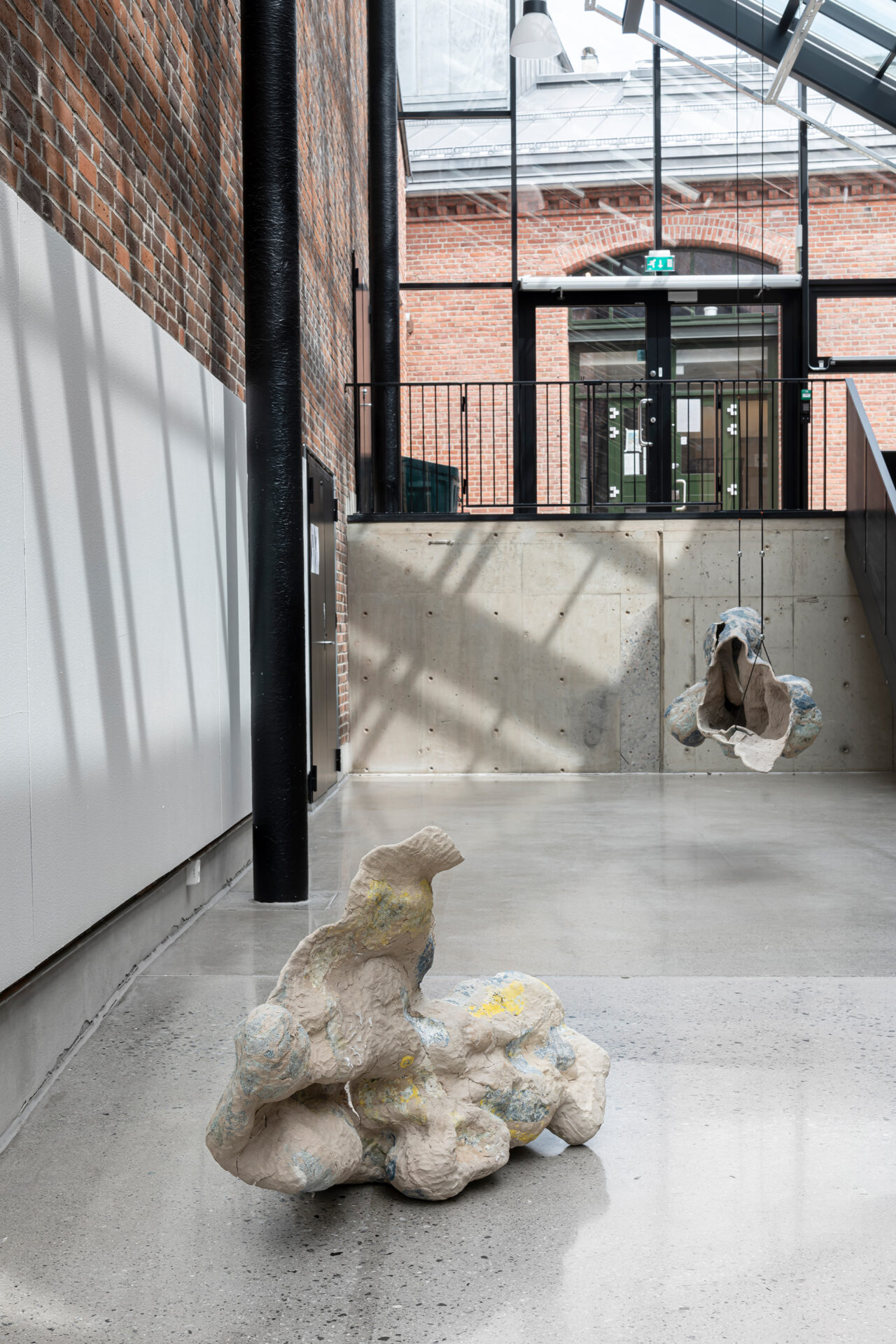
Onė Austėja Maldonytė’s artwork. Photo from personal archive
AS: Did your perspective on ceramics change after finishing your studies? Do the exploration and experimentation, which are so important to you, now happen within more defined boundaries?
OAM: I’ve been working mostly with drawings on ceramics and paper clay. When you find a certain ‘square’ that interests you and delve into it deeper, it becomes boundless. I’m still exploring that square today, seeing how long it remains intriguing. Of course, the more I work, the more colour, glaze and texture come into play: they become inseparable. Experimentation doesn’t drastically change your understanding in a single day; rather, it develops naturally.
AS: You mentioned that ceramic objects often seemed final during your studies. When exhibiting your works now, they seem to extend their life: they are often propped up with metal beams, wrapped in material, or tied to ceilings, making those elements part of the exhibition, continuing the objects’ stories, and exploring new forms. In your work, questioning the boundaries of ceramics as a medium is important. Why are these themes and explorations so important to you?
OAM: One recurring theme in my work is transformation. It’s tied to thoughts about time, its passage, how we perceive continuity, and when it vanishes. Two years ago, I participated in a dance residency where we explored the boundaries of the body through physical exercise, movement and rituals. We spent time in a cave, where the rhythmic motion, sound vibrations, sense of timelessness and darkness captivated me.
Another theme I often explore is fragility/sensitivity and their strength. In today’s world, we always try to appear strong, valuing the trait so highly that it sometimes leaves no room for sensitivity. This is directly tied to materiality, because ceramics seem fragile, and yet at the same time they are enduring.
AS: Would you say you’re a sensitive person? Do these considerations partly arise from thinking about how to live in the world with this particular trait?
OAM: I think so. Sensitivity and transformation in my work emerge from observing the world, where everything changes so quickly that it’s become normal. Stepping back and looking at these processes from a distance helps to translate them into art.
AS: The ceramic-making process is long and complex, requiring planning, time and resources. What still surprises you about the process? Which is your favourite part?
OAM: One thing I had to learn was patience: initially I had none. I had to understand that if I rushed and skipped a step, the piece would collapse and I’d have to start all over again. Sometimes I tried to cut corners, but that always showed in the final results. Learning to work methodically with the material was essential.
Also, learning to let go. You never know at what stage things might go wrong. There have been times when a piece was finished and placed in the kiln, only to shatter into pieces just before closing the kiln door. At those moments, I wouldn’t know what to do with myself.
What I enjoy most is shaping forms and arranging completed works in a space. Sketching ideas and concepts is also fun, but there are challenges when ideas don’t come together and I can’t find an entry point. The initial stages are often filled with frustration. Only when everything aligns and I have an initial plan do I allow myself to start working with the material: that feels like a reward.
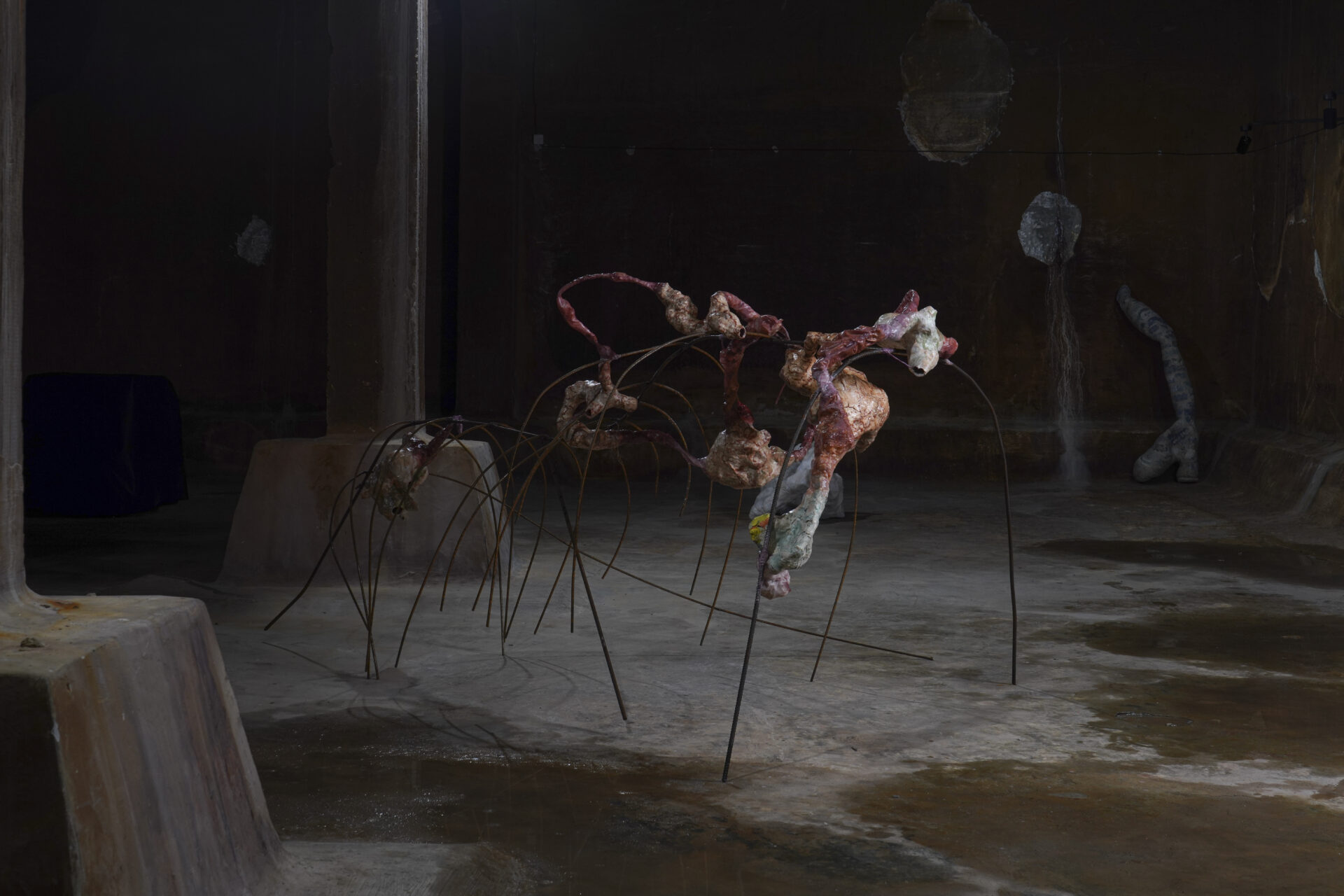
Exhibition ‘Inserted’ by Onė Austėja Maldonytė at UAB ‘Aukštaitijos vandenys’, 2024. Photo: Paulius Vepštas
AS: Do you often stay in that frustration phase for long?
OAM: It depends on the project and the deadline. Usually, that phase naturally takes the longest. It’s quite funny when I start working with the material, because the plan I spent so much time on often changes, due to the material itself or the final firing, forcing me to rework the plan again.
AS: Are there any forthcoming projects or plans you’d like to share? When can we expect your next exhibition in Lithuania?
OAM: The works exhibited in Panevėžys are still making their way back to Kaunas. That exhibition was one of the largest in terms of scale: the space was massive, and transporting the works required a major effort, since some were in Lithuania and others were in Oslo. It took us over a week to install the pieces, so it was a huge undertaking.
Eventually, I’d like to present the works in another space, but Monika, the curator, and I agreed it would be best to take a break for a few months, reflect, and then look for a new venue. I don’t have any specific planned projects at the moment. I’m settling into a new studio in Oslo and exploring new ideas. Right now it’s a period of transition to a more studio-based, creative phase, without fixed deadlines. It’s nice to have these periods when you can search and play.
AS: Thank you for the conversation, Onė.
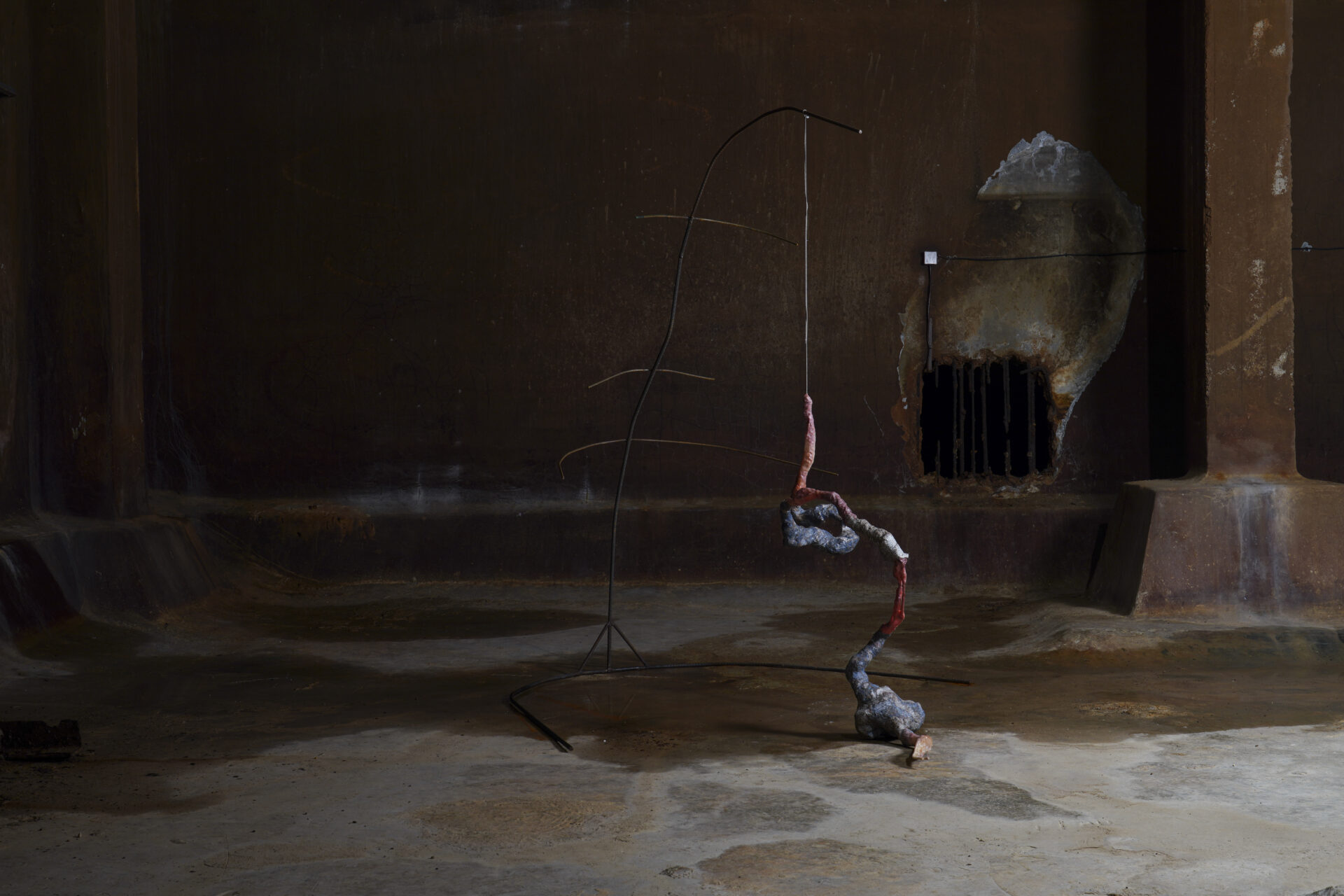
Exhibition ‘Inserted’ by Onė Austėja Maldonytė at UAB ‘Aukštaitijos vandenys’, 2024. Photo: Paulius Vepštas
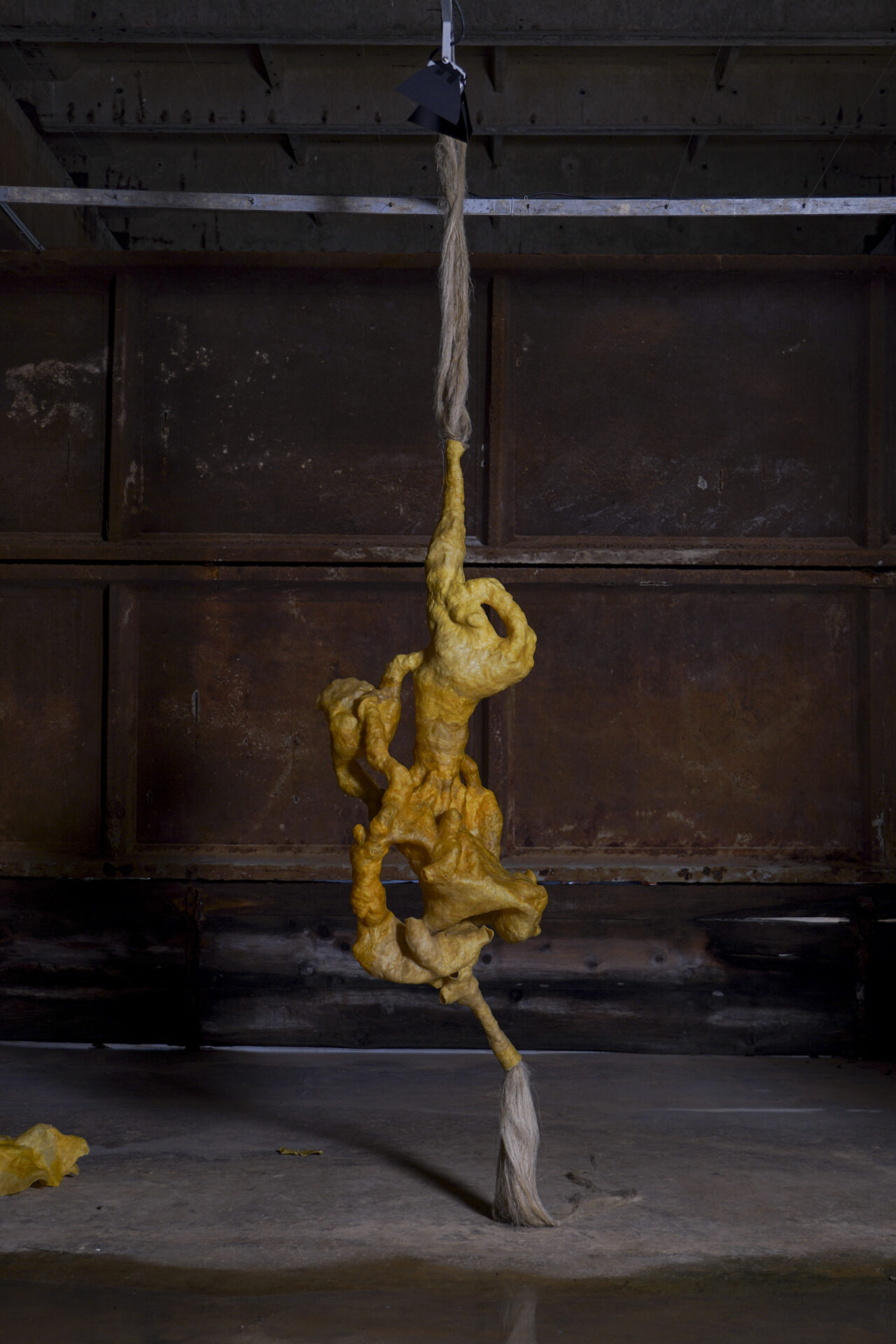
Exhibition ‘Inserted’ by Onė Austėja Maldonytė at UAB ‘Aukštaitijos vandenys’, 2024. Photo: Paulius Vepštas
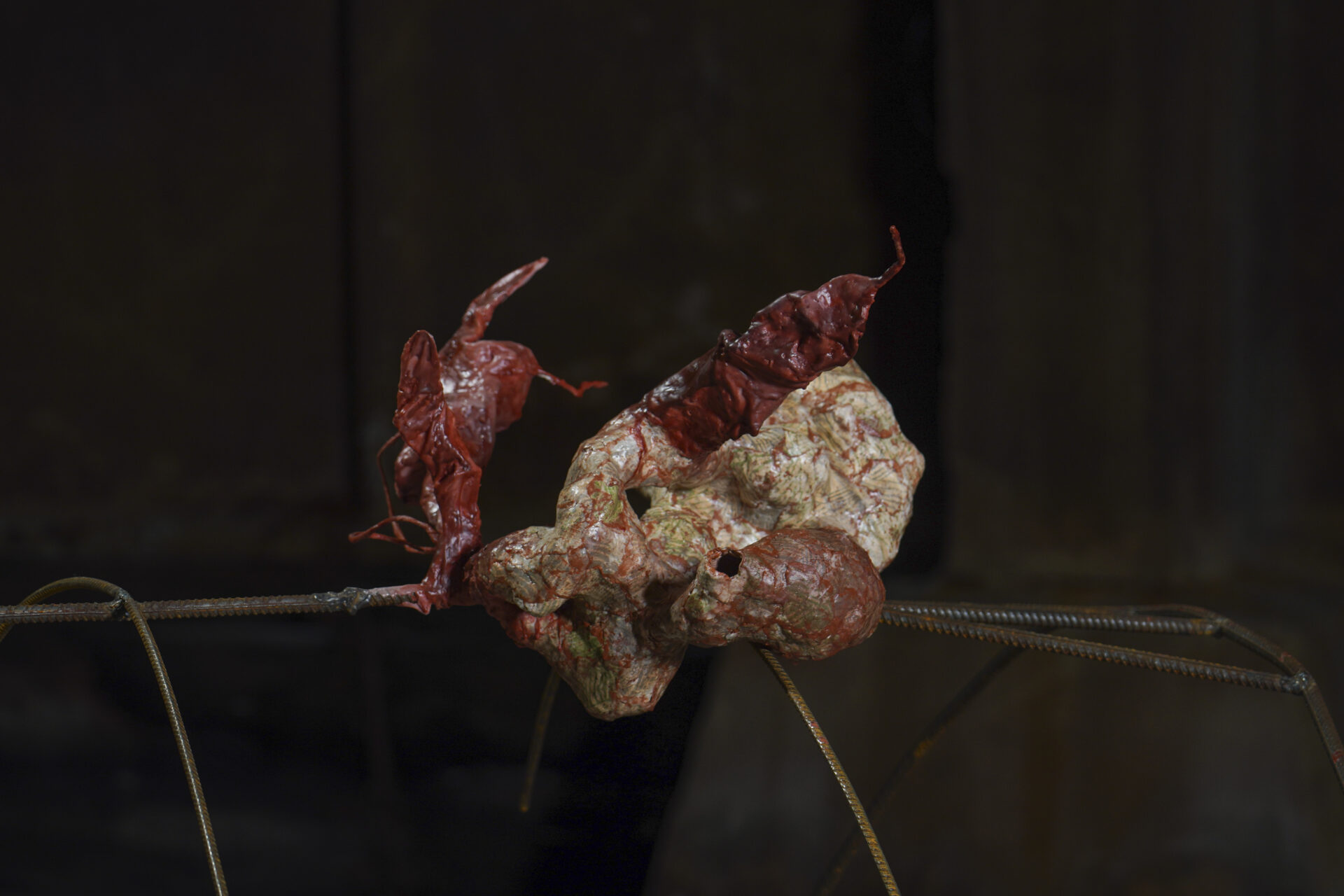
Exhibition ‘Inserted’ by Onė Austėja Maldonytė at UAB ‘Aukštaitijos vandenys’, 2024. Photo: Paulius Vepštas
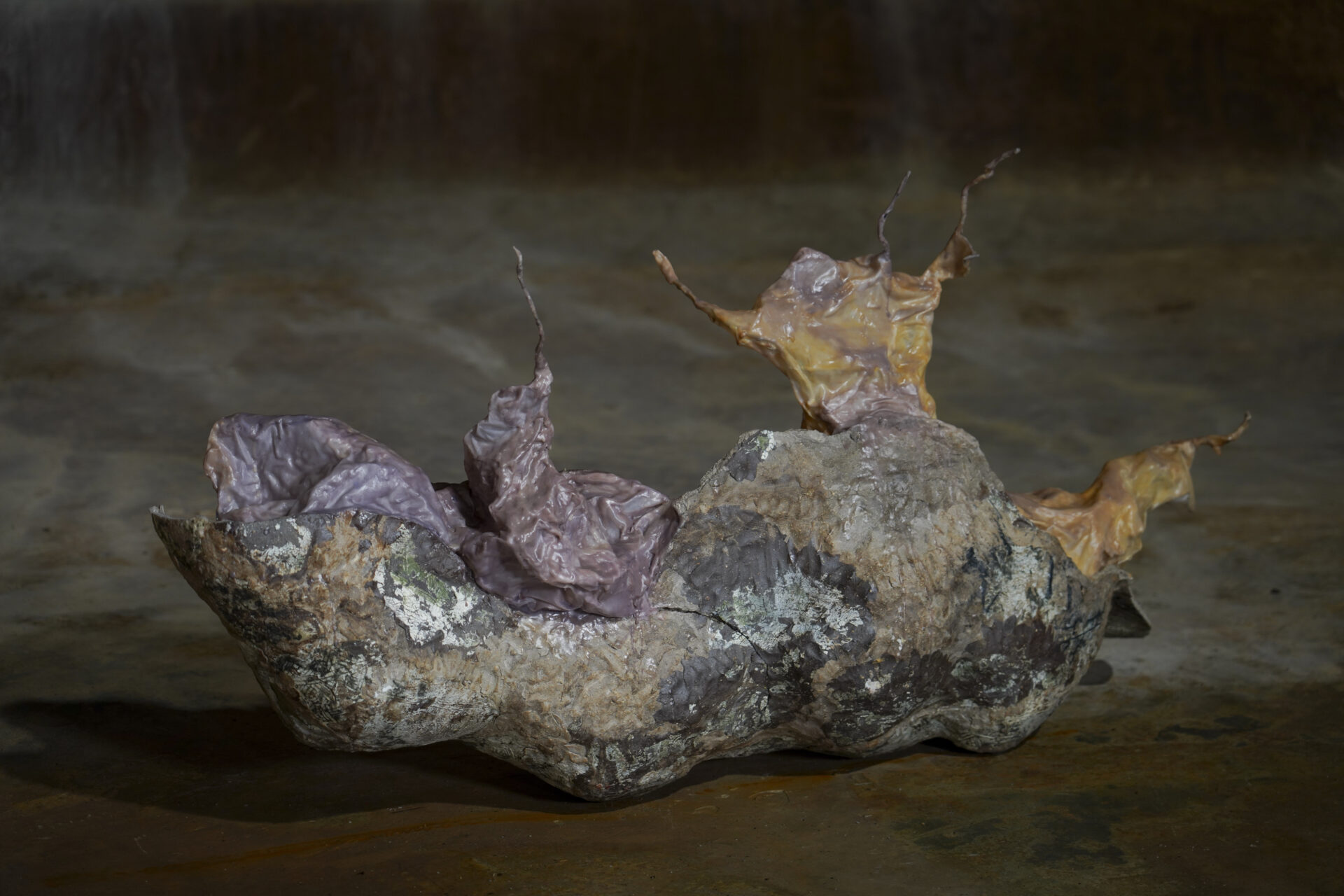
Exhibition ‘Inserted’ by Onė Austėja Maldonytė at UAB ‘Aukštaitijos vandenys’, 2024. Photo: Paulius Vepštas
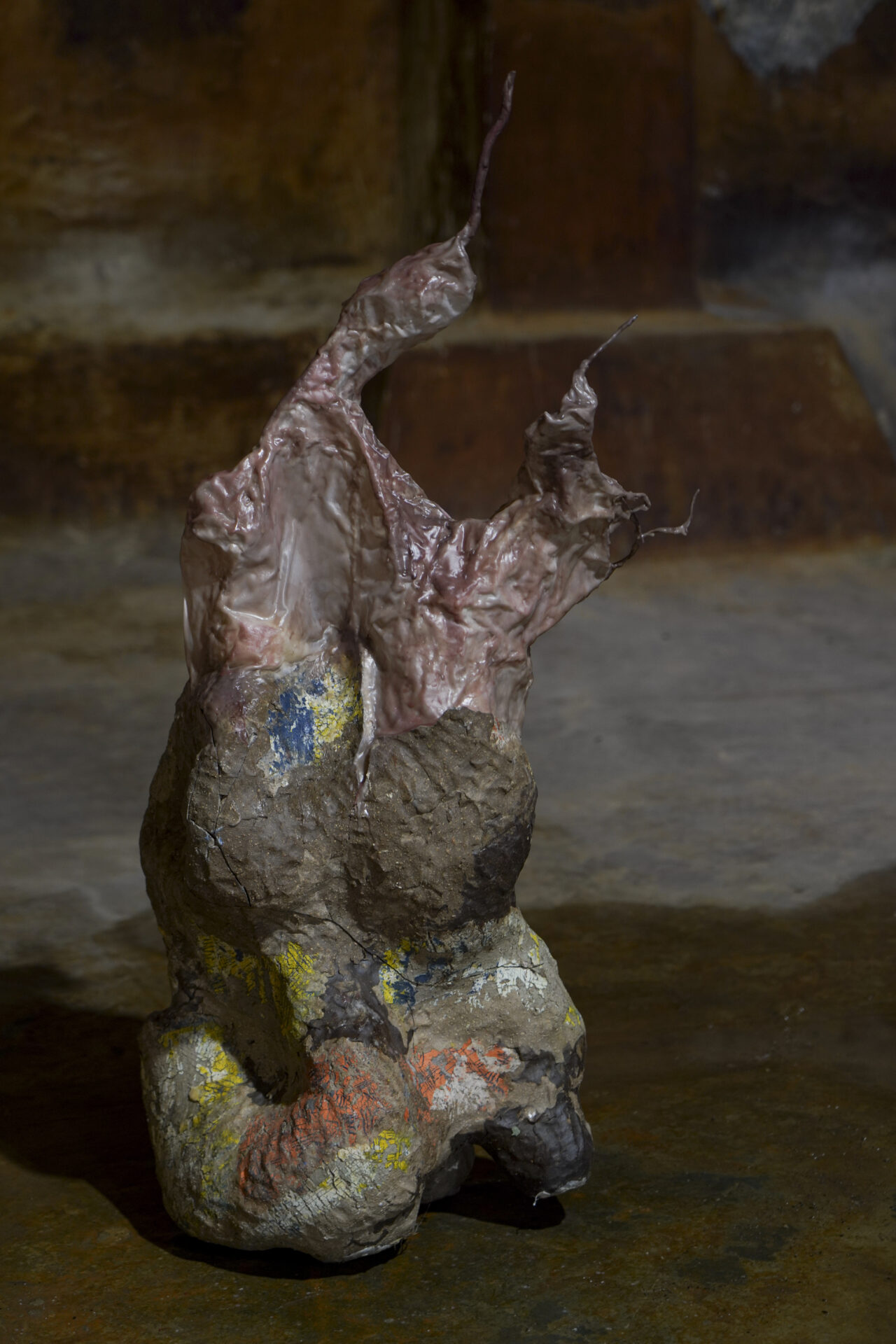
Exhibition ‘Inserted’ by Onė Austėja Maldonytė at UAB ‘Aukštaitijos vandenys’, 2024. Photo: Paulius Vepštas
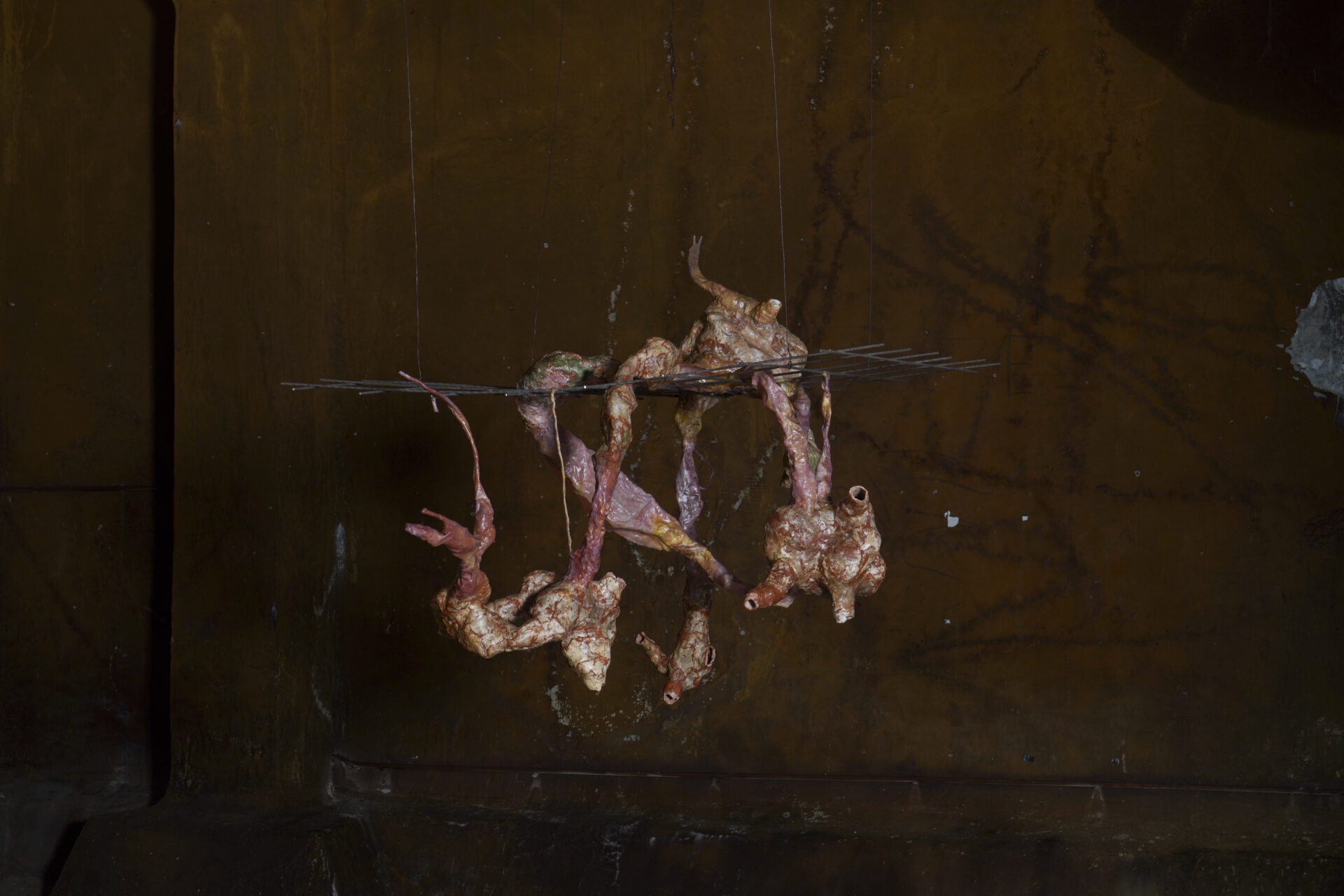
Exhibition ‘Inserted’ by Onė Austėja Maldonytė at UAB ‘Aukštaitijos vandenys’, 2024. Photo: Paulius Vepštas

Onė Austėja Maldonytė’s artwork. Photo from personal archive

